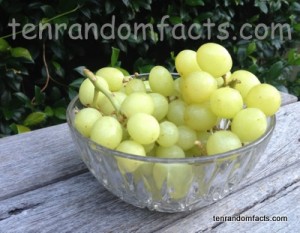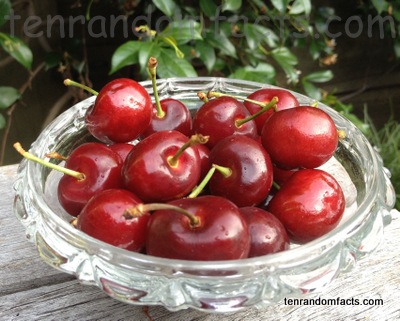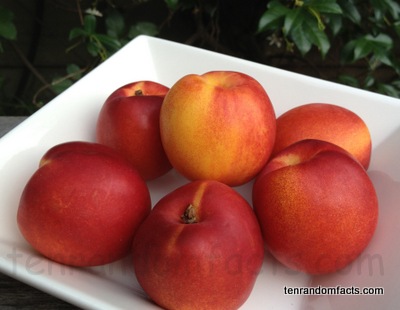
Grapes are a fruit but aren’t grapefruit.
-
Grapes are a berry like fruit from the vine family ‘vitis’.
- Grapes are eaten raw or can be made into jam, juice, jelly, wine, extract, raisins, vinegar and oil.
- Grapes grow in bunches of 15 to 300.
- Grapes can be crimson, black, dark blue, yellow, green, orange or pink in colour.
- 75, 866 square kilometres of land is used for grape production.
- Some cultivars of grapes have seeds in them and some from the group ‘vitis vinetera’ don’t.
- Grapes are toxic to dogs since they give dogs kidney problems.
- 71% of grape production is used for wine and 27% is eaten raw.
- China produced 8,651,831 tonnes of grapes in 2010 and Italy produced 7,787,800 tonnes.
- Grape juice is popularly used by Christians as part of the Lord’s Supper celebration.

















